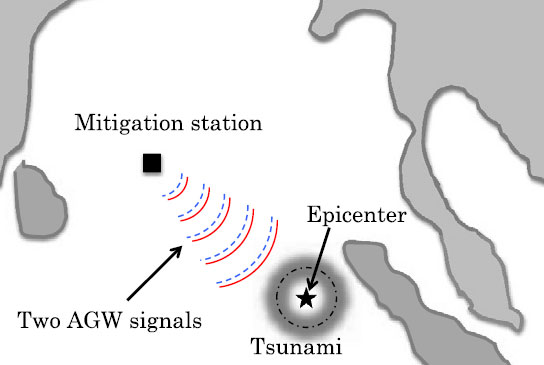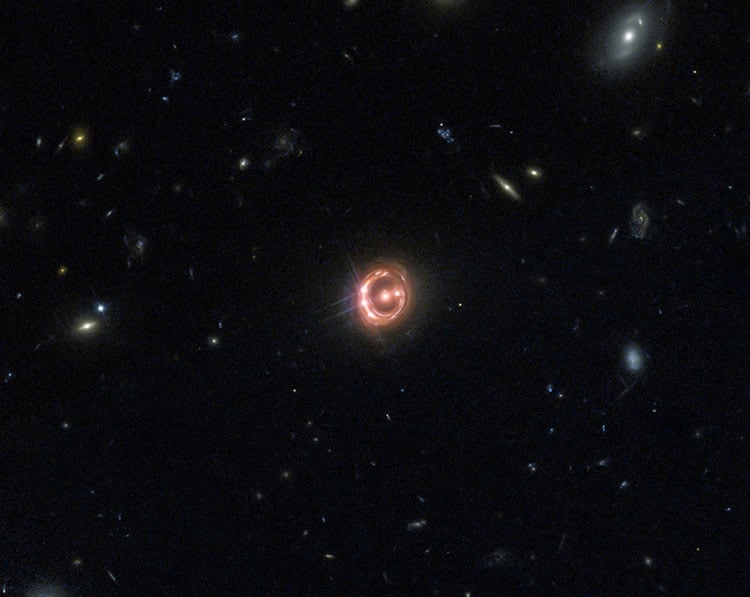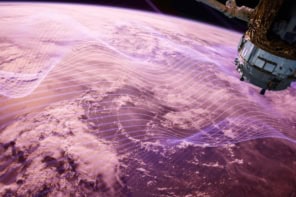Flash Physics is our daily pick of the latest need-to-know developments from the global physics community selected by Physics World‘s team of editors and reporters

Sound waves could halt tsunamis
The devastating effects of a tsunami could be mitigated by firing underwater sound waves at the giant wave. That is the claim of Usama Kadri, who is a mathematician at Cardiff University in the UK. He has calculated that when the outgoing acoustic gravity waves (AGUs) collide with a tsunami the height of the incoming wave is reduced – thereby lessening its impact when it reaches shore. AGUs occur naturally and are created by violent geological events such as earthquakes. Kadri admits that creating artificial AGUs with sufficient energy to dissipate a tsunami would be a huge technological challenge. However, he points out that the great expense of developing and deploying the technology would be offset by its ability to save lives and protect property. The research is described in Heliyon.
Scientists plan march on Washington
A group of scientists in the US is trying to organize a scientists’ march on Washington to protest science-related policies of President Donald Trump and his new administration – including the potential muzzling of scientists working for the federal government. “An American government that ignores science to pursue ideological agendas endangers the world,” said a statement on the group’s Scientists March on Washington website. Several Facebook accounts set up by the group and like-minded supporters have gathered hundreds of thousands of followers over the past few days. A Twitter account associated with the movement, @ScienceMarchDC, has also attracted more than 136,000 followers. The group says that it is “working to schedule a March for Science on DC and across the United States. We have not settled on a date yet but will do so as quickly as possible and announce it here”. According to a report in the Washington Post, organizers will meet this weekend and plan to announce the date of the march next week.
H0LiCOW’s Hubble constant not consistent with theory

A new measurement of the Hubble constant – the rate at which the Universe is expanding – has strengthened the argument against the standard cosmological model. The H0LiCOW collaboration has independently measured the Hubble constant by studying how the light from quasars is distorted by gravitational lensing. Quasars are supermassive black holes located at the centre of galaxies. They emit huge amounts of electromagnetic energy that randomly varies. We see this as an apparent flickering in their intensity. However, each image detecting the flickering shows a different time-delay of the event. This is because the emitted energy takes different paths to reach us due to the enormous mass of foreground galaxies bending space-time. This distortion is called gravitational lensing. The international collaboration led by École Polytechnique Fédérale de Lausanne (EPFL) and the Max Planck Institute, measured the time-delays to determine the Hubble constant because the distance the quasar light travels is dependent on the universe’s expansion. The current measurement of the Hubble constant agrees with other recent independent studies of the local universe. However, they all disagree with measurements of the cosmic microwave background made using the Planck satellite in 2015 and the predictions of the standard cosmological model. The current result, presented in a series of papers in the Monthly Notices of the Royal Astronomical Society, has strengthened the idea that there is new physics beyond the standard cosmological model.



